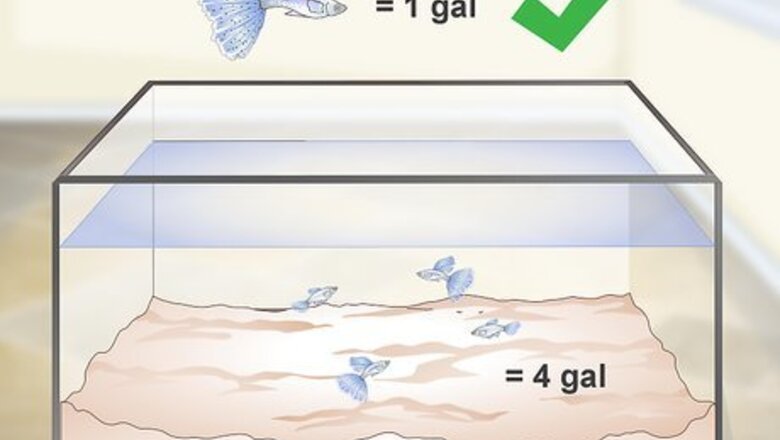
views
X
Expert Source
Doug LudemannAquarium Care Professional
Expert Interview. 27 August 2019.
Provide filtration, light, and hiding spots in the tank, and feed your guppies a varied diet to ensure they stay healthy.
Providing the Best Habitat
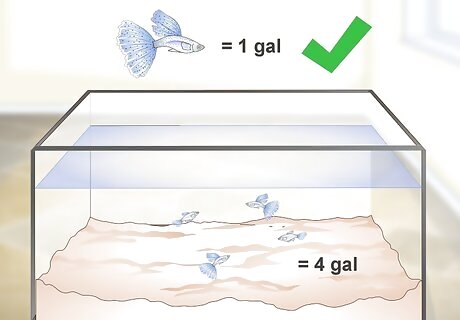
Provide 1 gallon (3.8 L) of water for each guppy. Though guppies are small fish, they still require plenty of space for swimming. Your tank should be large enough to provide 1 gallon (3.8 L) of water for each guppy, so if you have 4 guppies, for example, you’ll need a 4 gallon (15 L) tank. If your tank becomes overcrowded, the guppies may get sick or die.
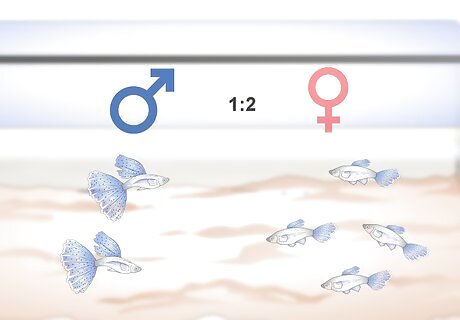
Use a 1:2 male to female ratio for guppies. You can choose to keep all male or all female guppies. Alternatively, if you want both sexes, choose twice as many females as males. If you have more males than females, the males may chase and harass the females, which can kill them. In order to breed guppies, you’ll need to set up a separate breeding tank to protect the fry from other fish.
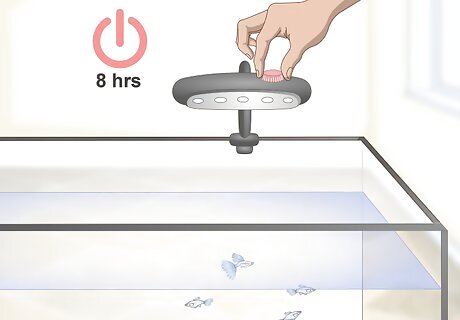
Turn off the lights for at least 8 hours per day. Guppies need light to thrive during the day, but constant light can actually kill them. Set your tank light on a timer so that it goes out and night and provides the guppies with time to rest and recharge.
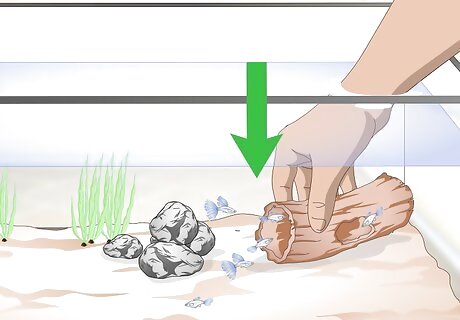
Provide hiding spots to reduce stress. To keep your fish healthy, they need to feel safe and secure. Hiding spots, like caves, tubes, logs, and plants, give guppies somewhere to rest and relax. Ensure there are enough hiding spots for all the fish in the tank. The best plants for beginners are Java Ferns and Anubias. Only put aquarium-safe decorations in the tank.
Feeding Guppies
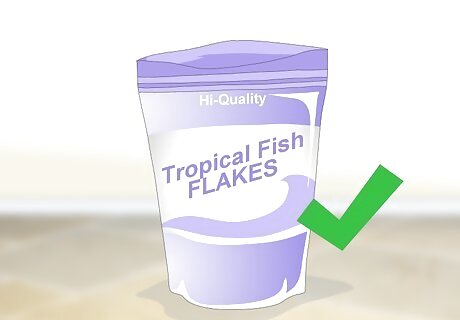
Choose high-quality tropical fish flakes. Your local aquarium shop should have several brands of tropical fish flakes in stock. Choose one that contains both protein and vegetable matter to ensure your guppies are eating a balanced diet.
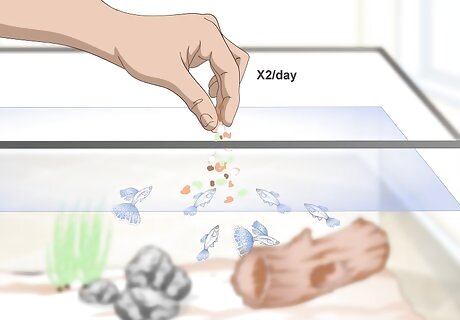
Offer flakes once or twice per day. Offer as many flakes as your guppies can eat in several minutes each morning and night. If the guppies don’t eat right away, or don’t eat all the food, skip their next feeding. Overfeeding your guppies can lead to health issues and even death.
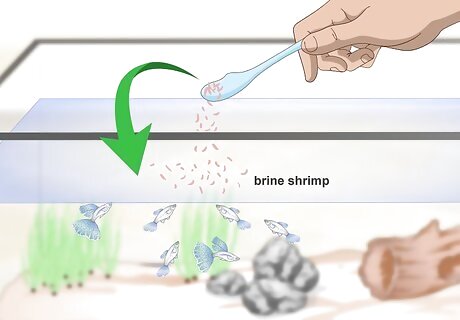
Supplement with live food once per week. Fresh or frozen brine shrimp, fruit flies, mosquito larvae, daphnia, bloodworms, micro worms, and earthworms are all suitable options. Offer a small amount of cut-up live food once per week in place of flake food.
Maintaining Water Quality
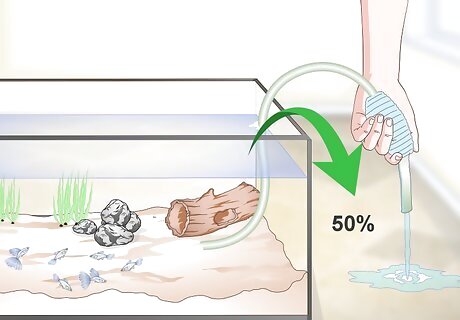
Clean the tank regularly. Change half the water every week to ensure the tank remains clean. Fully clean the tank, including the gravel or substrate and the equipment (such as a filter), once per month to remove parasites that could harm your guppies. Be sure to test and adjust the temperature and pH of new water before adding it to the tank. When cleaning the tank, place the fish in a holding tank or in small containers full of water that meet the pH and temperature requirements.
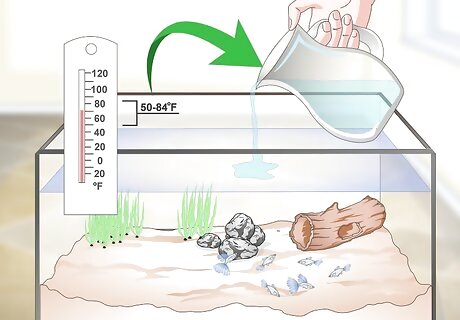
Keep the water temperature between 50 and 84⁰ F (10 and 29⁰ C). Fluctuations in temperature, especially if they are drastic, can stress out your guppies. Water temperature above or below the recommended levels can cause your guppies to perish. Use a tank thermometer to ensure the water temperature remains consistent. Add a small amount of hot or cold water (such as ¼ cup (59 m) at a time) to the tank to adjust the temperature. Repeat every few hours as necessary to ensure the change doesn’t shock your fish.
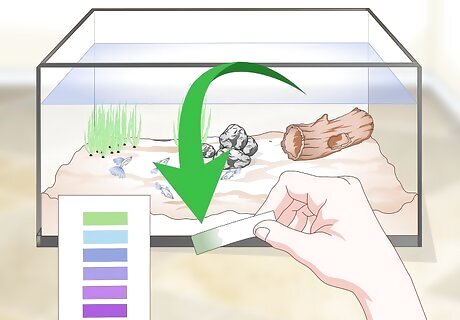
Maintain a pH of 6.8 to 7.8. It’s important to keep the pH balanced to ensure your fish remain healthy. You should regularly measure the pH of the water using a pH meter or litmus paper and adjust it if necessary. Lower the pH using an acid buffer, or raise it using an alkaline buffer. Alkaline and acid buffers are available from your local aquarium store and online.
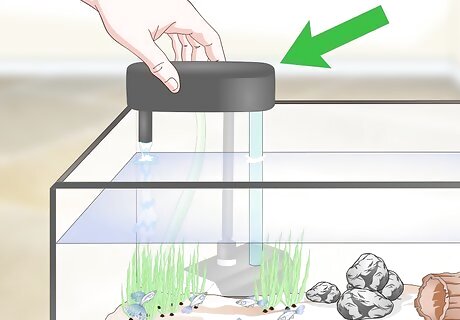
Install a filtration system. A proper filtration system is necessary to keep the water clean and your guppies healthy. Replace half of the filter media when you notice it turning brown. Avoid replacing all of the media, which can remove the healthy bacteria from the water and harm your fish. Filtration systems are available online and at aquarium shops.
Caring for Sick Guppies
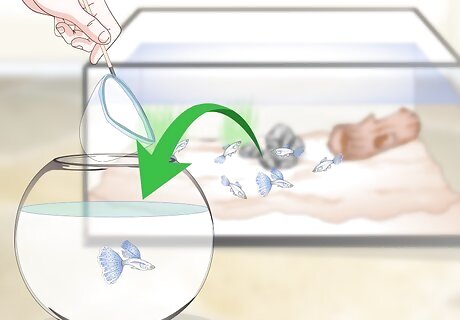
Quarantine new and sick fish. When you introduce new guppies into a tank, they may carry bacteria and parasites along with them, which can infect other fish in the tank. The best solution is to keep them in a separate tank for at least 1 month to see whether they are carrying any pathogens. Sick fish should also be quarantined until they recover so they don’t infect their tank mates.
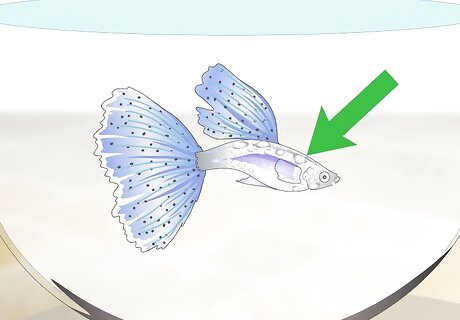
Identify fungal infection. If your fish’s body has white cotton or wool-like patches on its body or if white edges appear around the mouth, it is suffering from a fungal infection called ich. Fish with ich may also lose their appetites and rub their body against rocks or decorations in the tank.
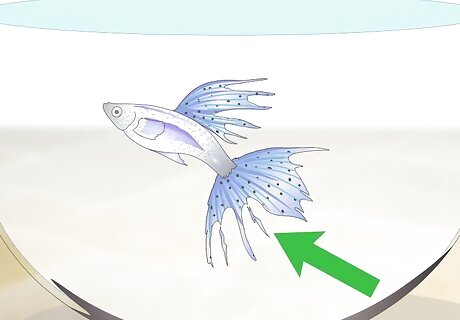
Recognize bacterial infection. A disintegrating or shredding tail or fin (not due to nipping from another fish) is called rot and is a bacterial infection. If the fish’s scales or eyes protrude from its body, it is suffering from a bacterial infection called dropsy.
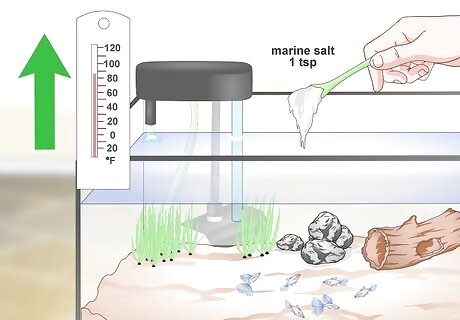
Treat fungal infections by raising the water temp or adding marine salt. Sometimes, fungus can grow in your tank and on your fish when the water temperature is too cold. Check the tank temperature and slowly increase the heat of the water, if necessary. You can also add 1 teaspoon (4.9 mL) of marine salt per 1 gallon (3.8 L) of water to treat fungal infections. Marine salt is available online and at aquarium stores. Marine salt is one of the least harmful ways to treat infections in fish.
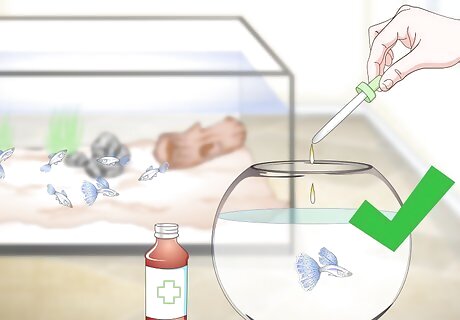
Provide antibiotics for bacterial infections. Visit your aquarium store or contact your veterinarian if one of your guppies has fin or tail rot, dropsy, or another bacterial infection. Explain the situation and ask for an antibiotic to treat your fish. Follow the instructions for administering the medicine carefully to ensure your fish will recover completely.

















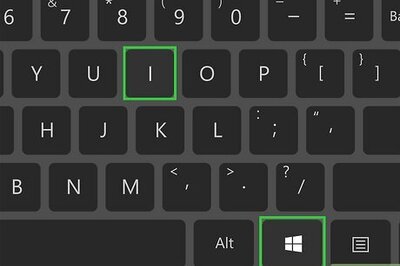
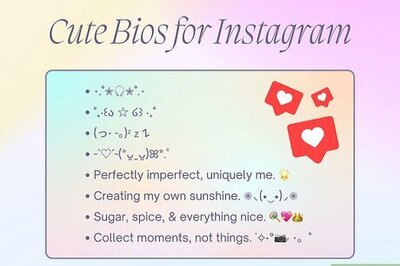
Comments
0 comment